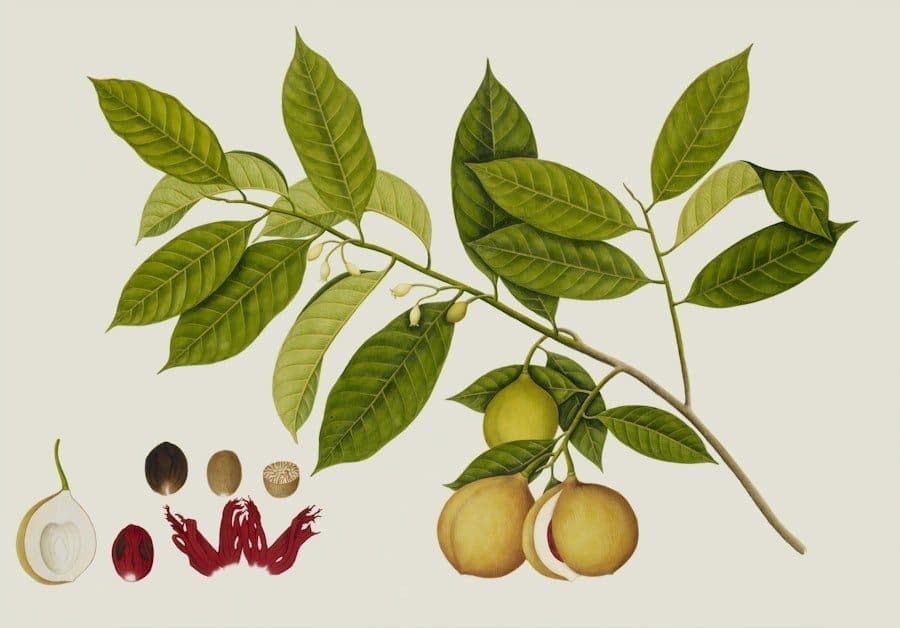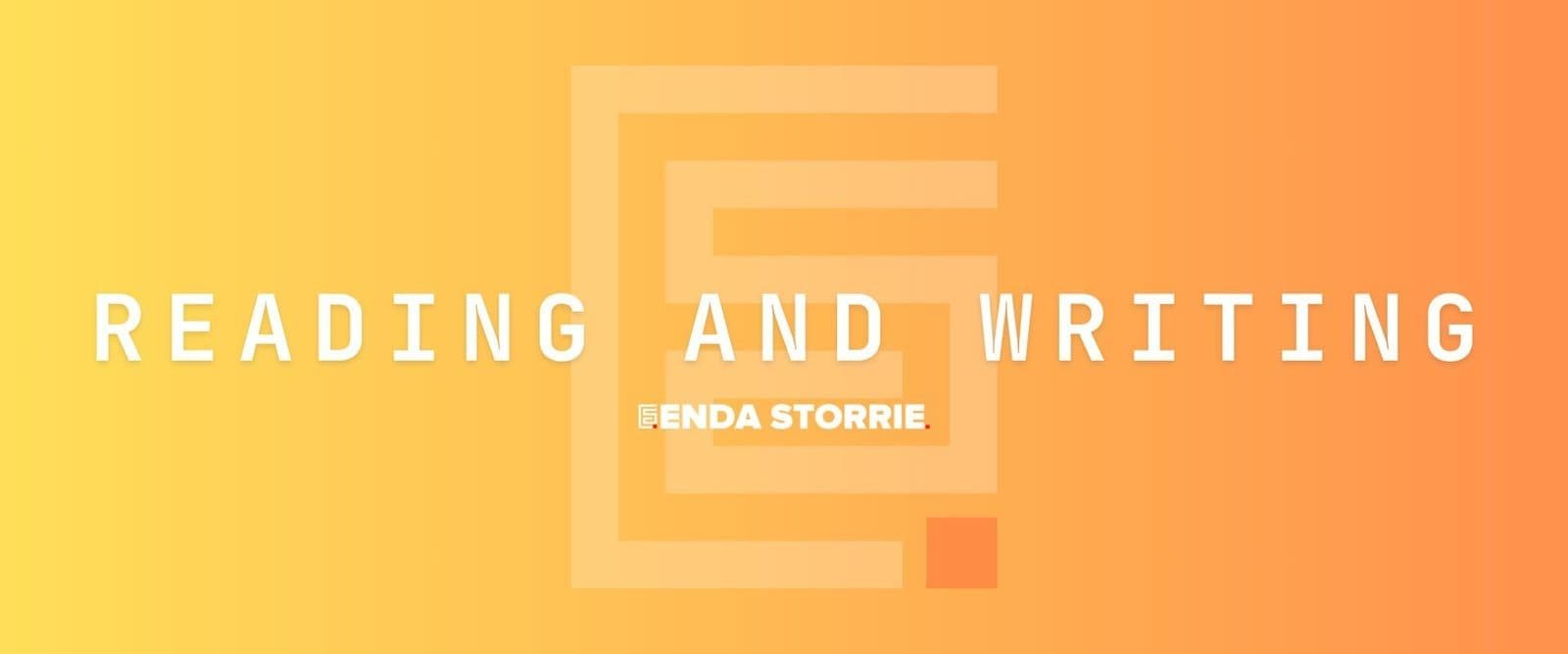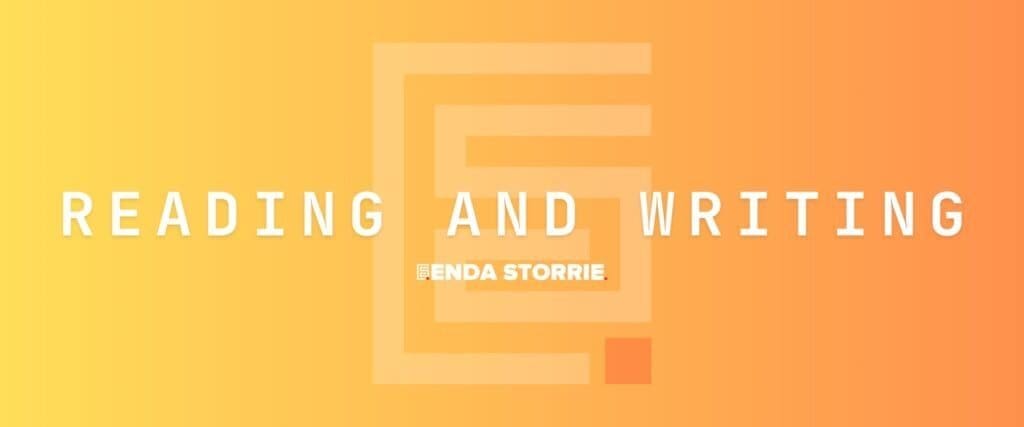Irish myths and folktales have been a fundamental component of Ireland's cultural heritage for centuries. These narratives have been transmitted through generations, influencing the beliefs, values, and customs of the Irish people. The diverse collection of Irish mythology features extraordinary characters, epic conflicts, and supernatural beings that continue to fascinate audiences globally.
The oral tradition of storytelling has been crucial in preserving these ancient narratives, with traditional storytellers known as seanchaí passing down the tales from one generation to the next. These myths and folktales often served multiple purposes, including explaining natural phenomena, imparting moral lessons, and commemorating the heroic deeds of legendary figures. The mythological stories range from the supernatural realm of the Tuatha Dé Danann to the heroic exploits of Cú Chulainn, offering insights into a world filled with wonder, adventure, and mysticism.
Key Takeaways
- Irish myths and folktales are an integral part of Irish culture and have been passed down through generations.
- The Tuatha Dé Danann are a mythical race in Irish folklore known for their magical powers and influence on Irish history.
- Cú Chulainn is a legendary hero from the Ulster Cycle known for his incredible strength and bravery in battle.
- The Banshee is a well-known Irish spirit associated with foretelling death, while other spirits like leprechauns and pookas also feature in Irish mythology.
- The Children of Lir is a tragic tale of four siblings turned into swans by their jealous stepmother, showcasing the enchanting and often melancholic nature of Irish fairy folklore.
The Legend of the Tuatha Dé Danann
One of the most enduring and captivating myths in Irish folklore is the story of the Tuatha Dé Danann, a race of supernatural beings who were said to have inhabited Ireland in ancient times. According to legend, the Tuatha Dé Danann were skilled in magic and possessed great knowledge of the natural world. They were believed to have arrived in Ireland from the north, bringing with them four magical treasures: the Stone of Fal, the Spear of Lugh, the Sword of Nuada, and the Cauldron of Dagda.
The Tuatha Dé Danann were known for their prowess in battle and their ability to shape-shift into various forms. They were said to have engaged in a series of epic battles with the Fir Bolg, another mythical race that inhabited Ireland. Ultimately, the Tuatha Dé Danann emerged victorious and became the rulers of the land.
Despite their supernatural abilities, the Tuatha Dé Danann were eventually forced to retreat into the Otherworld, where they continued to exert their influence over the mortal realm. The legacy of the Tuatha Dé Danann lives on in Irish folklore, where they are revered as powerful and enigmatic figures who played a pivotal role in shaping the destiny of Ireland.
The Story of Cú Chulainn and the Ulster Cycle
Cú Chulainn is one of the most celebrated heroes in Irish mythology, known for his incredible strength, bravery, and ferocity in battle. His story is part of the Ulster Cycle, a collection of myths and legends that center around the heroes of Ulster, a province in ancient Ireland. Cú Chulainn's tale is filled with epic battles, tragic love stories, and supernatural feats that have captivated audiences for centuries.
Born as Sétanta, Cú Chulainn earned his legendary name after he single-handedly defended Ulster from the armies of Connacht at a young age. He was known for his ríastrad, or battle frenzy, which made him an unstoppable force on the battlefield. Cú Chulainn's most famous exploit is his single-handed defense of Ulster during the Táin Bó Cúailnge, or Cattle Raid of Cooley, where he faced off against an entire army to protect his homeland.
Cú Chulainn's story is also intertwined with tragic love affairs, including his ill-fated romance with Emer and his encounter with the warrior woman Scáthach. His heroic deeds and tragic end have made him a beloved figure in Irish folklore, symbolizing the virtues of courage, loyalty, and sacrifice.
The Myth of the Banshee and Other Irish Spirits
Irish folklore is rich with tales of supernatural beings and spirits that are said to roam the land. One of the most famous of these is the banshee, a female spirit who is believed to wail and keen as a harbinger of death. The banshee is often depicted as a veiled woman with long, flowing hair, whose mournful cries are said to foretell the passing of a loved one.
In some stories, she is also associated with specific families or lineages, serving as a guardian or protector. Other spirits that populate Irish folklore include the leprechaun, a mischievous fairy who is known for his love of gold and his ability to grant wishes; the pooka, a shape-shifting creature that can appear as a horse or other animals; and the selkie, a seal-like creature that can shed its skin to take on human form. These spirits are often depicted as both benevolent and malevolent, capable of bringing good fortune or wreaking havoc on those who encounter them.
The belief in these supernatural beings continues to be a vibrant part of Irish culture, with many people still sharing stories of encounters with these mysterious entities. Whether they are seen as guardians of nature or omens of misfortune, these spirits play a significant role in shaping the folklore and superstitions of Ireland.
The Tale of the Children of Lir and Other Fairy Folklore
The Children of Lir is one of the most poignant and enduring tales in Irish folklore, telling the story of four siblings who were transformed into swans by their jealous stepmother. The children were condemned to spend 900 years on various bodies of water in Ireland before finally being released from their curse by the tolling of a Christian bell. The tale is a powerful allegory for loss, endurance, and redemption, capturing the imagination of generations with its themes of love and resilience.
Fairy folklore is also deeply ingrained in Irish mythology, with stories of magical beings populating the landscape. Fairies are believed to inhabit ancient mounds and hills, where they live in their own enchanted realm. These creatures are known for their capricious nature, often playing tricks on unsuspecting mortals or bestowing blessings on those who show them kindness.
The belief in fairies continues to be a vibrant part of Irish culture, with many people leaving offerings for these otherworldly beings in hopes of gaining their favor. From tales of changelings to encounters with fairy royalty, these stories serve as a reminder of Ireland's deep connection to its mystical past.
The Legend of the Giant Finn McCool and the Fianna

Finn McCool, also known as Fionn mac Cumhaill, is a legendary figure in Irish mythology celebrated for his great strength and wisdom. He is said to have been the leader of the Fianna, a band of warriors who roamed ancient Ireland performing heroic deeds and protecting the land from threats. Finn McCool's most famous exploit is his encounter with the Scottish giant Benandonner, which led to the creation of the Giant's Causeway in Northern Ireland.
The Fianna were known for their bravery and skill in battle, often embarking on quests and adventures that tested their mettle. Their exploits have been immortalized in countless tales and ballads, cementing their status as legendary heroes in Irish folklore. The legend of Finn McCool and the Fianna continues to be an enduring part of Irish culture, with many landmarks and geographical features associated with their exploits.
Their stories serve as a testament to the enduring spirit of heroism and adventure that has captivated audiences for generations.
Modern Interpretations and Cultural Impact of Irish Myths and Folktales
Irish myths and folktales continue to captivate audiences around the world, inspiring countless works of literature, art, and music. From WB Yeats' poetic retellings of ancient legends to contemporary novels and films that draw on Irish folklore for inspiration, these stories remain a vibrant part of global culture. In recent years, there has been a resurgence of interest in Irish mythology, with many artists and writers drawing on these ancient tales to create new works that resonate with modern audiences.
These reinterpretations often explore themes of identity, heritage, and belonging, offering fresh perspectives on timeless stories. The cultural impact of Irish myths and folktales can be seen in various aspects of contemporary society, from tourism initiatives that highlight sites associated with legendary figures to festivals and events that celebrate Ireland's rich storytelling tradition. These stories continue to serve as a source of pride and inspiration for people around the world, reminding us of the enduring power of myth and legend in shaping our collective imagination.
In conclusion, Irish myths and folktales offer a window into a world filled with wonder, adventure, and enchantment. From the epic battles of legendary heroes to the mystical realm inhabited by supernatural beings, these stories continue to captivate audiences with their timeless themes and enduring appeal. As they continue to inspire new generations of artists and storytellers, Irish myths and folktales remain an integral part of our cultural heritage, reminding us of the enduring power of myth and legend in shaping our collective imagination.
If you're interested in learning more about the power of storytelling and its impact on business success, check out this article on Unleashing the Power of WordPress Websites for Your Business Success. It includes insights into the importance of effective storytelling even in marketing and branding.
Let Story Bible help you write your own mythological story. Download the FREE Story Bible checklist >>>



